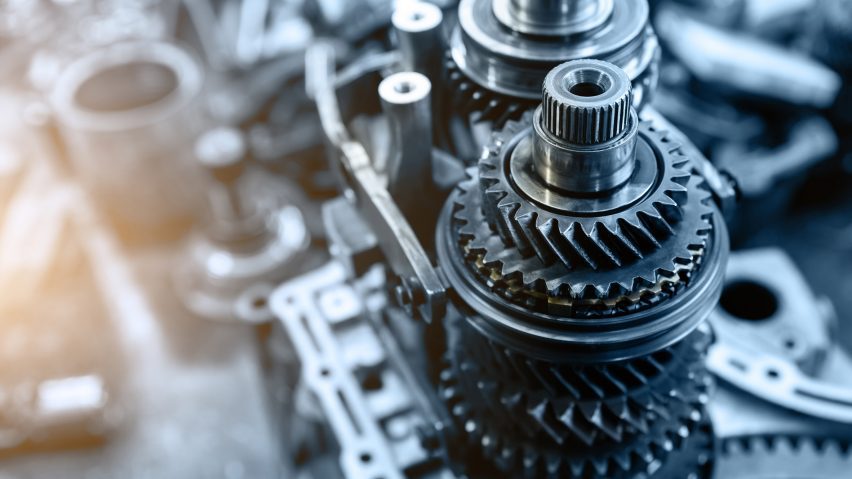Scientists from Texas A&M University and Sandia National Laboratories in New Mexico have observed metal cracking and fusing back together, in a discovery that could pave the way for self-healing machines, vehicles and bridges.
Published in science journal Nature, the research shows that metal can self-repair microscopic cracks that form when the material is repeatedly put under stress.
This is achieved in a process known as cold welding, which means no heat or electricity is required.
The breakthrough could have major implications for engineering, the report argues, as 90 per cent of mechanical failures are a result of fatigue in metal components, which occurs when repetitive stress causes cracks to form.
By taking advantage of the self-healing process and tweaking the microstructure of metals accordingly, the scientists predict it might be possible to prevent fatigue cracking.
"We would like to understand how metal microstructure affects healing," said Michael J Demkowicz, professor at Texas A&M and co-lead author of the study.
"Armed with that knowledge, we can envision tailoring microstructure to take advantage of self-healing in technological applications, for example, to create materials that are more resistant to fatigue damage," he told Dezeen.
Self-healing possible with cold welding
Scientists have been investigating the potential of self-healing materials for some time.
Most breakthroughs have been in the development of plastics – on projects like a self-healing "e-skin" developed by University of Colorado Boulder scientists – although a recent MIT study also found it to be possible in concrete.
Before now, the property had not been observed in metals without heating them first.
The study shows it can be achieved at room temperature under vacuum conditions, in a process known as cold welding, which is primarily utilised in electronics and spacecraft technology.
This occurs when two bare pieces of metal become so close that their atoms are attracted to each other, causing their surfaces to fuse. It is only possible if the metals are completely clean.
Researchers at Sandia National Laboratories made the discovery during tests to see how cracks form in 40-nanometre-thick pieces of platinum.
They observed a crack fusing back together, leaving no trace and eventually reopening in a different location.
"This was absolutely stunning to watch first-hand," Sandia scientist Brad Boyce told Wiley Analytical Science magazine.
"What we have confirmed is that metals have their own intrinsic, natural ability to heal themselves, at least in the case of fatigue damage at the nanoscale," said Boyce, who is also co-lead author of the study.
Ten years before research can be put into practice
The findings prove a thesis first proposed by Demkowicz back in 2013, when he was working as a professor at MIT, based on the results of computer simulations produced with then-graduate student Guoqiang Xu.
At the time, the pair had no way of proving their theory. Now Sandia's research has shown that self-healing is possible in copper as well as platinum and the researchers believe it can also occur in other metals.
The report states that the discovery "challenges the most fundamental theories on how engineers design and evaluate fatigue life in structural materials".
However, Demkowicz claims it will be at least a decade before the insights can be used in practical application.
The next steps will be to explore whether metal can self-heal when exposed to air, not just in a vacuum, and whether the process is possible for metal alloys such as steel.
"The most important near-term consequences are for fundamental theories of fatigue in metals," he told Dezeen. "These will have to be revised to take crack healing into account."

